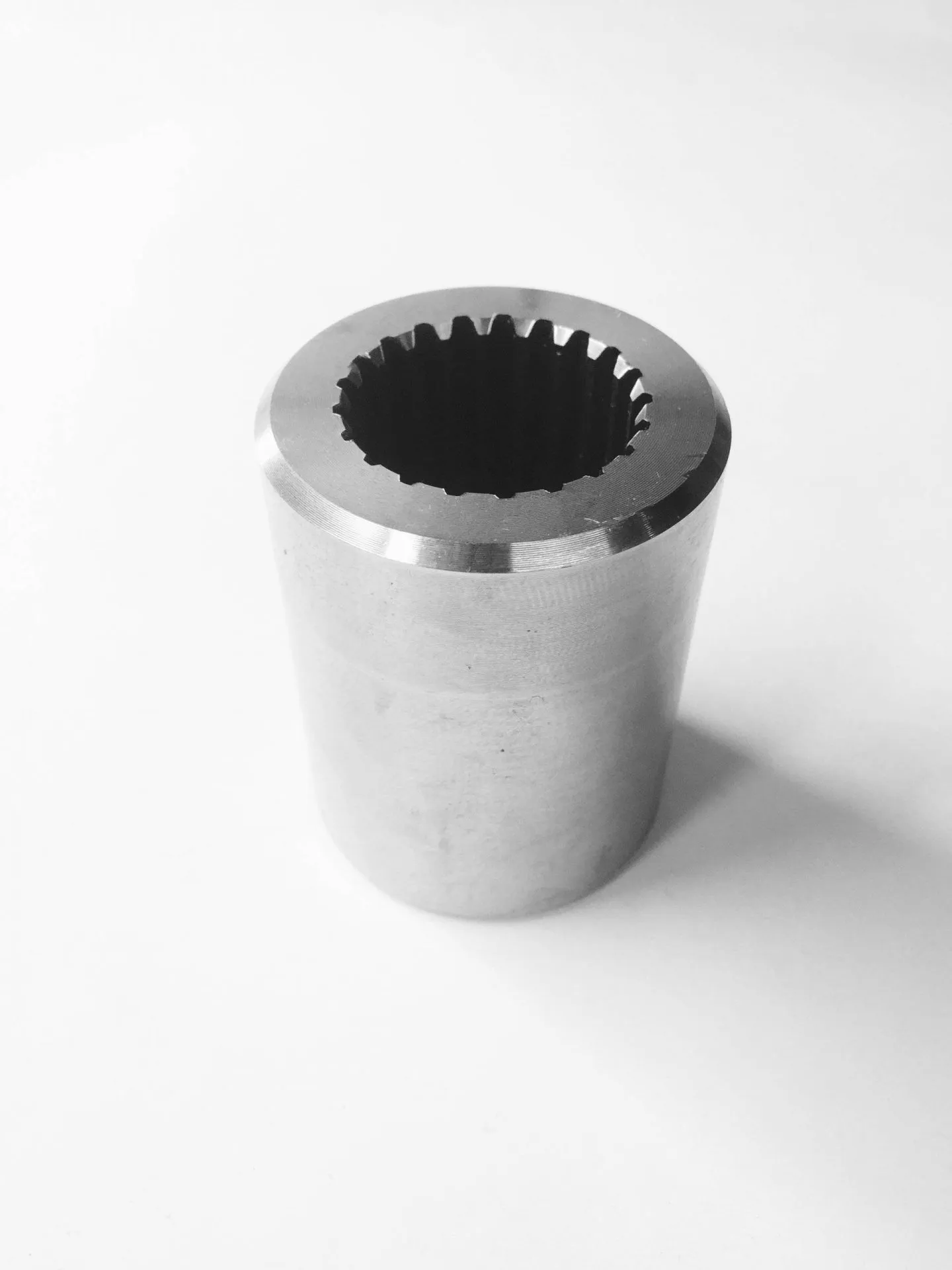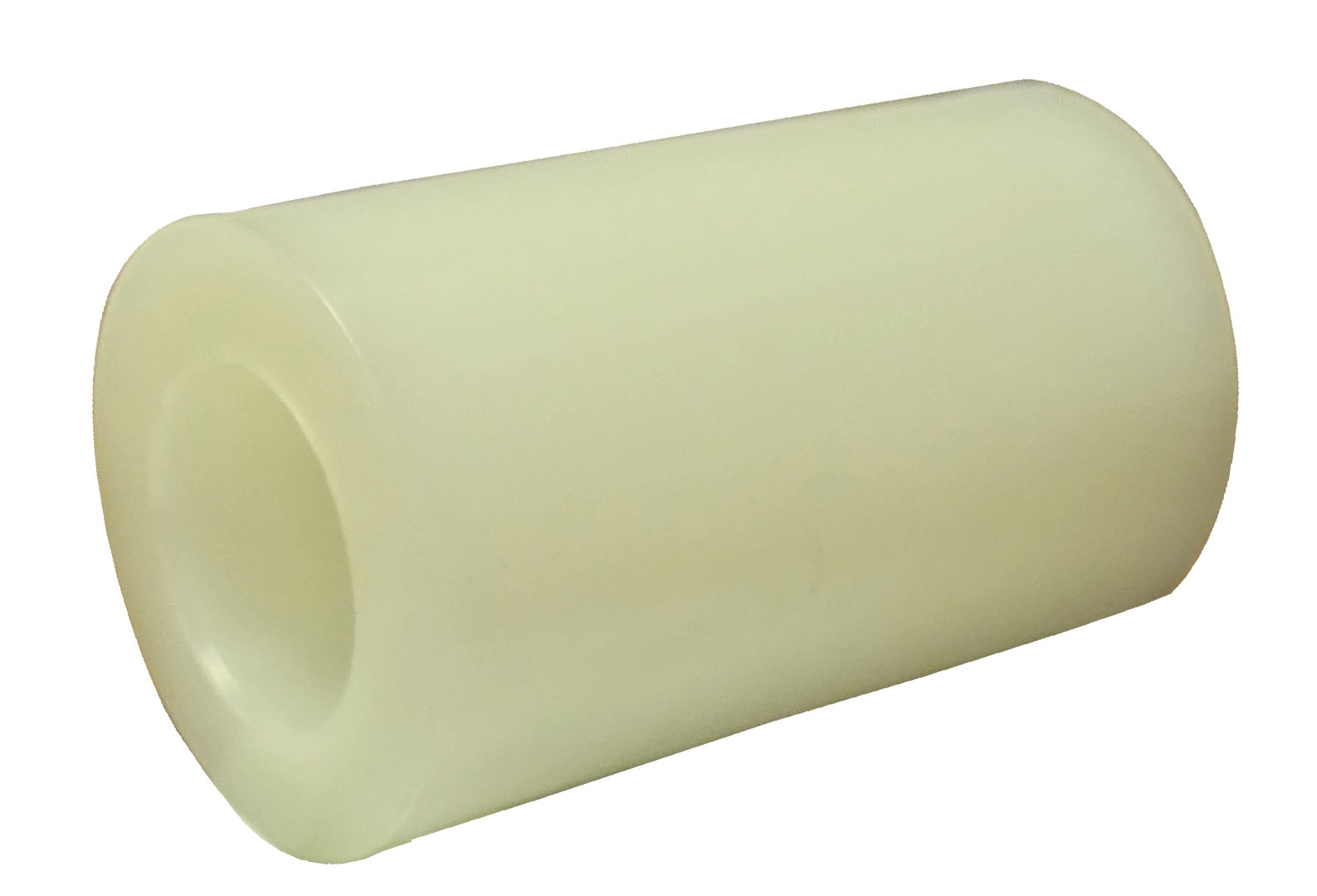
Are there specific guidelines for recycling or disposing of nylon bushings at the end of their life cycle?
Yes, there are specific guidelines for recycling or disposing of nylon bushings at the end of their life cycle. Here are some considerations:
1. Recycling:
– Nylon bushings, being made of a thermoplastic material, are generally recyclable. However, the specific recycling guidelines may vary depending on the composition of the nylon and the recycling facilities available in your area.
– Check with local recycling centers or waste management authorities to determine if they accept nylon bushings for recycling. They can provide information on the collection methods, sorting requirements, and any specific instructions for preparing the bushings for recycling.
– It’s important to separate nylon bushings from other materials and ensure they are clean and free of contaminants before recycling. Removing any metal inserts or other components attached to the bushings can facilitate the recycling process.
2. Specialty Recycling Programs:
– In some cases, there may be specialty recycling programs or initiatives specifically designed for industrial components like nylon bushings. These programs focus on recycling materials that are commonly used in industrial applications and may offer specialized recycling processes.
– Research and inquire about any such programs available in your region or industry. These programs may have specific collection points or partnerships with recycling facilities that can handle nylon bushings effectively.
3. Manufacturer Take-Back Programs:
– Some manufacturers or suppliers of nylon bushings may have take-back programs in place. These programs allow customers to return their used bushings to the manufacturer or supplier for proper recycling or disposal.
– Contact the manufacturer or supplier of the nylon bushings and inquire about any take-back programs they offer. They can provide guidance on the process, collection points, or specific instructions for returning the bushings.
4. Local Regulations and Guidelines:
– Be aware of any local regulations or guidelines regarding the disposal of nylon bushings. Different regions may have specific requirements or restrictions on the disposal methods for certain types of materials.
– Check with local environmental agencies or waste management authorities to understand the regulations in your area. They can provide information on proper disposal methods, landfill restrictions, or any hazardous waste classification that may apply to nylon bushings.
5. Reuse or Repurpose:
– Instead of recycling or disposing of nylon bushings, consider exploring opportunities for reuse or repurposing. Depending on their condition and functionality, nylon bushings can potentially be used in other applications or donated to organizations that can utilize them.
– Connect with local community organizations, educational institutions, or makerspaces that may have a need for industrial components like nylon bushings. They may accept donations or provide guidance on how to repurpose the bushings effectively.
It’s important to follow the guidelines and regulations in your specific region when recycling or disposing of nylon bushings. By doing so, you can ensure proper waste management, minimize environmental impact, and contribute to sustainability efforts.

Can I find information on the compatibility of nylon bushings with different shaft materials?
If you are looking for information on the compatibility of nylon bushings with different shaft materials, here’s a detailed explanation:
1. Manufacturer Documentation:
– The best source of information regarding the compatibility of nylon bushings with specific shaft materials is the documentation provided by the manufacturer of the nylon bushings. Manufacturers typically offer technical datasheets, product catalogs, or application guides that provide details on the recommended shaft materials for their nylon bushings.
– Consult the manufacturer’s documentation and look for sections that discuss shaft material compatibility or provide guidelines on suitable shaft materials to use with their nylon bushings. These resources may outline specific recommendations or highlight any limitations or restrictions regarding shaft material compatibility.
2. Material Compatibility Charts:
– Some manufacturers or industry organizations provide material compatibility charts or databases that can help you assess the compatibility of different materials, including nylon and various shaft materials. These charts typically indicate whether a particular combination of materials is compatible, incompatible, or requires additional considerations.
– Search for material compatibility charts or databases specific to nylon bushings and shaft materials. These resources may be available online or provided by industry associations, material suppliers, or engineering organizations. Cross-referencing the nylon material and the specific shaft material can provide insights into their compatibility.
3. Engineering Handbooks and References:
– Engineering handbooks and references can be valuable sources of information on material compatibility. Look for engineering handbooks or reference manuals that cover the topic of tribology (the study of friction, wear, and lubrication) or materials engineering. These references often include information on the compatibility of different materials, including nylon and various shaft materials.
– Visit libraries or online platforms that provide access to engineering literature, such as technical journals, textbooks, or databases. Search for keywords related to material compatibility, nylon bushings, and shaft materials to find relevant information.
4. Consult with Experts:
– If you require more specific or specialized information on the compatibility of nylon bushings with different shaft materials, consider consulting with experts in the field of materials engineering or mechanical engineering. These professionals can provide insights based on their knowledge and experience.
– Contact manufacturers or suppliers of nylon bushings and explain your specific application requirements and the shaft materials you are considering. They may be able to offer guidance or recommendations based on their expertise and familiarity with their products.
– Engage with professional engineering organizations or forums where you can seek advice from qualified engineers or subject matter experts. These platforms can provide a collaborative environment for discussing material compatibility and obtaining insights from professionals in the field.
By referring to manufacturer documentation, material compatibility charts, engineering handbooks, and consulting with experts, you can gather information on the compatibility of nylon bushings with different shaft materials. Remember that material compatibility is a complex subject, and it is crucial to consider other factors such as operating conditions, loads, and environmental factors when selecting the appropriate combination of nylon bushings and shaft materials for your specific application.

Can I find recommendations for nylon bushings suitable for high-temperature environments?
If you are looking for recommendations on nylon bushings suitable for high-temperature environments, there are several options available. Here’s a detailed explanation:
1. Specialty Nylon Materials:
– Certain specialty nylon materials are specifically designed to withstand high-temperature environments. These materials are formulated with additives or reinforcements that enhance their heat resistance.
– Look for nylon bushings made from materials such as heat-stabilized nylon, glass-filled nylon, or other high-temperature resistant nylon variants. These materials can offer improved thermal stability and resistance to deformation at elevated temperatures.
2. Manufacturer or Supplier Recommendations:
– Reach out to manufacturers or suppliers that specialize in nylon bushings for industrial applications. They can provide specific recommendations based on your temperature requirements and the operating conditions of your application.
– Manufacturers or suppliers with expertise in high-temperature applications can guide you on selecting the appropriate nylon bushing materials and designs that can withstand the specific temperature range you need.
3. Technical Datasheets and Product Specifications:
– Consult the technical datasheets and product specifications provided by nylon bushing manufacturers. These documents often contain information on the maximum recommended operating temperature for their products.
– Look for bushings that are explicitly labeled or described as suitable for high-temperature applications. The datasheets may provide details on the temperature range, thermal properties, and performance characteristics of the nylon bushings.
4. Industry Standards and Guidelines:
– Explore industry standards and guidelines related to high-temperature applications in your specific field. Organizations and standards bodies often provide recommendations or specifications for materials suitable for elevated temperature environments.
– For example, in the automotive industry, organizations such as the Society of Automotive Engineers (SAE) or Original Equipment Manufacturers (OEMs) may have guidelines or requirements for nylon bushings used in high-temperature engine compartments.
5. Application-Specific Testing and Validation:
– If your application involves extreme temperatures or unique conditions, consider conducting application-specific testing and validation to ensure the suitability of nylon bushings.
– Work with experienced engineers or testing laboratories to evaluate the performance of different nylon bushing options under the specific high-temperature conditions of your application. This can help identify the most suitable nylon bushing material and design for your needs.
6. Consider Alternative Materials:
– In some cases, nylon may not be the optimal choice for extremely high-temperature environments. Consider exploring alternative materials such as specialized heat-resistant plastics, ceramics, or metal alloys that offer higher temperature capabilities.
– Consult with experts or seek professional advice to determine if alternative materials are more suitable for your specific high-temperature application.
By considering specialty nylon materials, seeking manufacturer recommendations, reviewing technical datasheets, referring to industry standards, conducting application-specific testing, and exploring alternative materials, you can find recommendations for nylon bushings that can effectively withstand high-temperature environments in your mechanical applications.


editor by CX 2024-04-26